Everyone talks about the importance of image alt text, but what does it mean?
Despite its influential role in enhancing image discoverability and boosting search rankings, it remains a mystery to many.
In this guide, we’ll unpack the best practices for using alt text effectively, helping you unlock the full potential of your visual content.
Get ready to master image optimization and stand out in the fiercely competitive landscape of search engine results pages (SERPs).
Let’s demystify alt text and elevate your page performance to new heights.
What is Alt Text? What Does Alt Text Do?
Alt text, short for alternative text, could be considered the unsung hero within the realm of SEO.
Alt text is an HTML attribute applied to image tags, providing a textual alternative to images that might not load on a webpage or are accessed by screen-reader users.
Alt text serves a crucial dual purpose: aiding visually impaired users by providing audio-transcribed descriptions through screen readers and enhancing web accessibility.
It acts as a narrator, helping users understand the visual content on your page when they can’t see it themselves or when browsers fail to display images due to issues like poor connection or coding errors. Offering context for unseen images ensures a richer user experience for everyone.

Alt Text vs. Image Description
It’s essential to discern between two similarly purposed yet distinctly separate terms: Alt Text and Image Description.
While both enhance website readability for those using assistive technologies, their usage differs substantially.
Alt text is brief and to the point, helping users quickly grasp the content of an image.
In contrast, image descriptions can be more elaborate, translating complex visuals like infographics or charts into detailed textual form. Together, they form essential pieces of the digital accessibility puzzle.
Does Alt Text Help SEO?
Yes, alt text helps SEO.
Remember that search engines, including Google, rely heavily on alt text to understand images, as they can’t interpret visual content directly. Crafting descriptive and meaningful alt text aligns with Google’s mission to organize the world’s information and can favorably impact your SEO strategies.
But it’s not just about SEO; it’s about enhancing accessibility and contributing to a more inclusive internet. Thoughtful alt text makes content accessible to a broader audience, including visually impaired users and those encountering issues with image display.
To optimize your approach, incorporate different keyword types into your alt text without overdoing it to avoid penalties associated with keyword stuffing. Following accessibility standards and SEO best practices, you can utilize alt text as a powerful tool, improving your web traffic and inching closer to the top spots on SERP rankings.
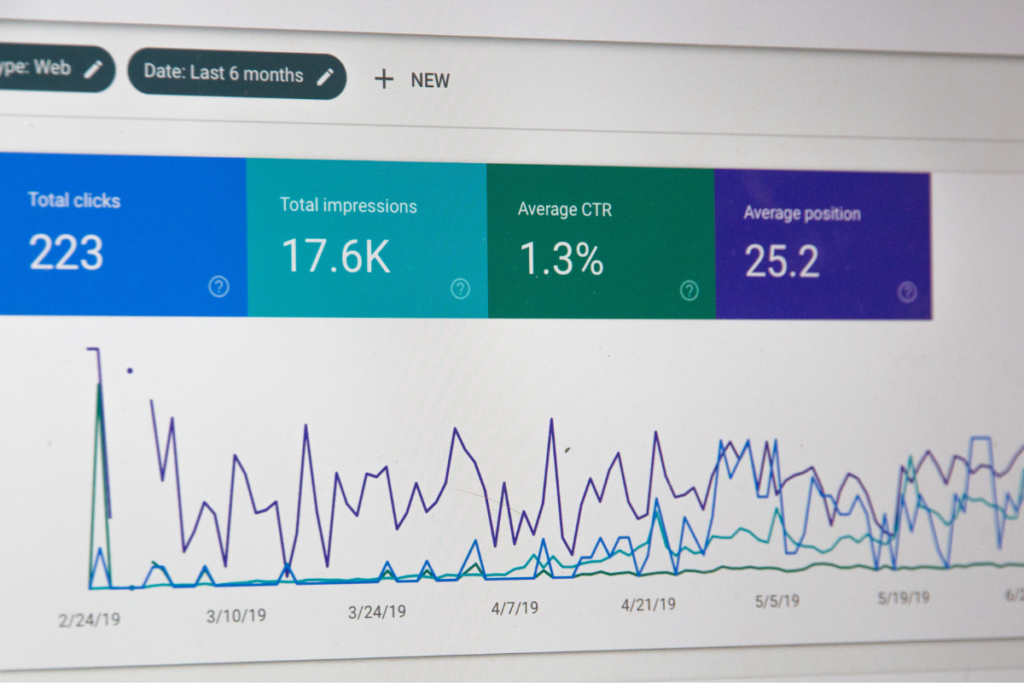
Why is Alt Text Important?
Adding alt text to images on your website is crucial yet often overlooked. But why is it important? It boils down to three key areas: enhancing accessibility, improving user experience, and boosting image traffic indirectly.
Let’s leverage this feature to upgrade your website’s performance and visibility.
Accessibility
In digital content accessibility, the role of image alt text is indispensable. It is an accessibility solution for visually impaired users who utilize screen readers to understand visual content.
Screen reading technology vocalizes the alt text associated with each image, granting these users access to the visual elements of your content. Leveraging meaningful alt text adheres to WCAG standards and enhances your web content’s inclusivity.
Moreover, incorporating ‘alt’ tags assists users encountering common internet browsing issues, like poor network connectivity or blocked content, by offering critical information about the content that should be displayed, fostering a better user experience.
User Experience
There’s another angle to address our original question – what is the purpose of alt text regarding user experience? Optimized alternative texts can significantly enhance how users interact with your webpage.
Precise and to-the-point image alt text enhances the comprehensibility and navigability of your site by delivering quick, relevant information. Additionally, when a user hovers their mouse cursor over an image without clicking, some browsers reveal the alt tag as a ‘tooltip,’ providing an extra layer of detail that can enrich the browsing experience.

Image Traffic
Though sometimes indirect, alt text can boost your website traffic through search engine image searches. Platforms like Google consider this embedded data in their ranking algorithm, making effective alt-text SEO practices essential for appearing in top results. While not exclusively for improving rankings, well-constructed alt texts can enhance page relevancy and fuel SEO strategies.
Image Alt Text Best Practices
Let’s look at how best to approach writing alternative text for images.
How Long Should Alt Text Be?
According to guidelines from recognized authorities like Web Content Accessibility Guidelines (WCAG), an efficient image alt text should ideally be no more than 125 characters long. Brevity is critical, as lengthy descriptions can quickly become cumbersome. In most cases, striking a balance between conciseness and being informative should be your goal.
Remember that alt text serves as functional replacement information for visually impaired users. Yet it is also a handy snippet for image-unavailable scenarios or slow-to-load graphics. Bearing this dual-purpose role in mind mirrors the art of crafting concise yet compelling Tweet-length statements.
Should Alt Text Be Capitalized?
Some points are worth noting when addressing the question of capitalization in alt text. Traditionally, sentence case—capitalizing just the first word and any proper nouns—is deemed appropriate by WCAG’s standards.
Applying sentence case capitalization matters when screen readers interpret the alt text; they often pause after a capitalized word, processing it as a new sentence or section. Henceforth, abundant use of capitalized terms results in disjointed and confusing narration for users who rely on assistive technologies such as Braille readers or screen-reading software.
However, suppose you’re dealing with acronyms or abbreviations within your alt-tag images.
In that case, these need to be written in uppercase, but ensure each letter has spaces between them so that screen readers can correctly read each letter rather than interpret it as a whole word.
Want to learn more about SEO strategies?
Image Alt Text Examples
Let’s focus on some image alt text examples, where we dissect excellent and bad practices.
Good Alt Text Examples
A well-structured alt text adds value to your SEO efforts and user accessibility. Below are three instances showcasing the apt use of alt text:
- Image: A black dog chasing a red frisbee on the beach.
Alt text: “Black dog chases red frisbee on a sandy beach.” - Image: Cover page of J.K Rowling’s book “Harry Potter and The Philosopher’s Stone.”
Alt Text: “Cover page of ‘Harry Potter and The Philosopher’s Stone’ by J.K Rowling.” - Image: Bar chart illustrating population growth over ten years.
Alt Text: “Bar chart depicting steady population growth from 2010 to 2020.”

Bad Alt Text Examples
Missteps in shaping alt-tag images can occur quickly enough if we must be more thoughtful about the process. Here are three such faux pas that you can learn from:
- Image: A group of students graduating at a university commencement ceremony.
Bad Alt Text: “Picture.” - Image: An e-commerce product image showcasing trendy sneaker pairs.
Bad Alt Text: “IMG_3789.PNG” - Image: Yellow sunflower against a blue sky background.
Bad Alt Text: “Sunflower Sunny246 Spring Nature Flower Amazing Picture.”
These examples show the critical role of providing detailed and informative alt texts for every element, from flow charts to simple pictures, to benefit users and search engine optimization.
When Should I Use Alt Text?
Following up on what we’ve learned about alt text, you might wonder when exactly to use it. Let’s dive into specific scenarios where alt text becomes crucial for accessibility and SEO.
Images and Pictures
The most apparent case is images and pictures. Every image on your webpage should contain relevant alt text to convey the essence of the picture’s content effectively. Here are some pointers:
- Use descriptive language
- Keep the context of the page in mind
- Use keywords wisely without stuffing
Diagrams, Flow Charts, and Charts
Diagrams, flow charts, and charts present a unique challenge due to their complex content. Nevertheless, they shouldn’t be forgotten while adding alt text.
For instance, you could describe an intricate process depicted in a flow chart or discuss values indicated in a graph. Remember to maintain simplicity — alt text should help users understand the concept smoothly.
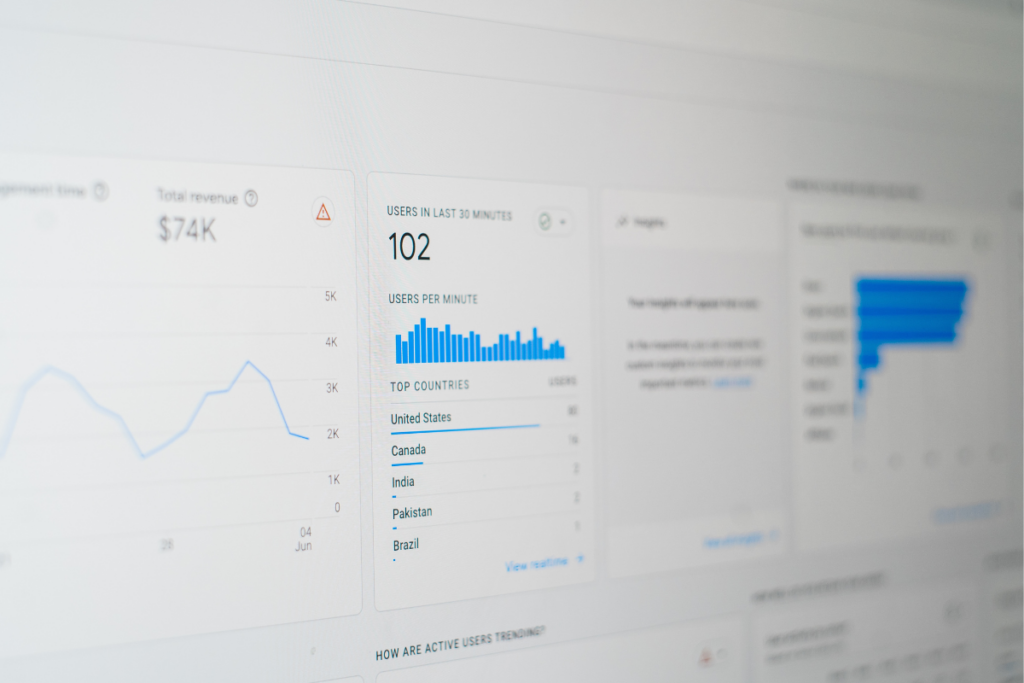
Videos
Videos undoubtedly enrich user interaction but can leave out those needing help visually interpreting them. Hence, providing descriptive video summaries as alt texts allows these users access to crucial information embedded within videos. Better yet? Include closed captions or transcripts if the dialogue is integral.
Tables
Every table designed with HTML is eligible for adding alt text, too! The trick here is not detailing every data point but outlining the few critical insights drawn from this conglomeration of data, making it more accessible.
It may seem demanding initially, but understanding how alt text works also means realizing readability across diverse formats — videos or tables isn’t an exception.
Do Icons Need Alt Text?
Yes! It might sound trivial; after all, aren’t icons universal? Not necessarily.
While many are widely recognized — such as those for social media platforms — others can be ambiguous without proper context offered by handy alt tags.
Remember: What is essential about constancy across all these different mediums is offering equal opportunity information access irrespective of any visual impairment or difference in browsing habits among users.
When Should I Not Use Alt Text?
Some scenarios exist when utilizing alt text is unnecessary, which might appear surprising considering how crucial it can seem for image SEO and accessibility.
Here are a few instances where incorporating alt text may not be as critical:
- Decorative Images: If an image serves strictly decoration purposes without adding substantial informational value to the content, alt text isn’t required. The image’s primary role in these instances is to enhance the aesthetic appeal of your webpage rather than convey meaningful information.
- Redundant Images: If an image repeats content already conveyed through adjacent text or another media source, furnishing additional alt text can lead to redundant presentation. It becomes tedious for ordinary visitors looking through your site and assistive reading tools used by visually challenged individuals.
- Text within Images: While integrating text into images can amplify a website or blog post’s visual allure, you should avoid duplicating the same material in both alt text and graphic elements because this practice contributes nothing extra for accessibility or SEO benefits.
- Complex Charts & Infographics: They often contain too much information to capture effectively in alt text alone (remember the optimal alt tag characters limit). In such cases, provide a brief general description in the alt image text and include a more detailed explanation of the infographic in the main body of the page content.
- CSS Styled Text: If you’re using CSS-styled text with attractive fonts or effects, screen readers typically read them, thus rendering alt tags redundancy.
An important principle underpinning all these situations is that effective use of alternative text aims at enhancing accessibility and improving SEO results without overloading users with extra details or duplicating data unnecessarily.

How to Add Alt Text to Images
Adding alt text to your images is a crucial yet relatively straightforward task. No matter the platform you’re working on, whether WordPress, Google Docs, or even general HTML coding environments, there’s always a simple way to incorporate alternative descriptions into your image files.
Here are some common scenarios:
WordPress
- Begin by uploading the desired image in your media section.
- Click on the image and look for the ‘Alternative Text’ field on the right-hand side.
- Enter your carefully crafted alt text in this box. Remember to keep it concise and descriptive for accessibility purposes.
Google Docs
- Insert an image of your choice into the document.
- Right-click on it and select ‘Alt Text…’ from the pop-up menu.
- A dialogue box will appear where you can enter a title and description as your alt text.
HTML Code
If you’re into coding, you can use:
<img src=”image.jpg” alt=”short descriptive text here”>
In summary, adding alt text involves finding the right input field in your content management system and filling it with concise, contextually relevant phrases that adhere to best practices. The focus should be more on “what” to write than “where” to insert it.
Craft compelling and inclusive content while meeting crucial SEO requirements using keywords representing each image’s function and meaning.
Remember, becoming adept at writing alt text is a gradual process that demands consistent learning and application. Don’t be discouraged by initial imperfections; mastery comes with time and practice.

How to Check if an Image Has Alt Text
Given the significance of alt text for accessibility and SEO, it’s crucial to determine whether your images have this vital addition. The process involves a few straightforward steps.
- Inspecting element: To investigate if an image has alt text, right-click on that particular image on your web page and select ‘Inspect’ from the drop-down menu.
- Navigation in DevTools Panel: The inspection will open the developer tools panel, typically displaying some lines of code that might be daunting at first sight. However, fear not! Just locate where the highlighted line is in the provided code.
- Spotting ‘Alt’ Keyword: Inside this highlighted line, look for alt= within <img> tag, which denotes the inclusion of alt text.
Different browsers may have slightly varied means of accessing such information but fundamentally follow the same journey. Don’t fret if you can’t locate an alt attribute; it merely means the corresponding image lacks alt text.
Conclusion
At the heart of alt text lies the principle of making the web accessible and understandable to everyone. Implementing accurate and relevant alt tags breaks down barriers, connecting your digital content with a diverse audience.
Remember, these seemingly invisible HTML lines are potent, substantially affecting your website’s organic performance and enhancing traffic through image sourcing. It essentially gives your images a voice where visuals fall short.
Correct usage is crucial: while good alt texts offer clarity and relevance, poor choices can lead to vagueness or unnecessary complexity. Striking the right balance is essential; avoid overuse to prevent saturation, and don’t underutilize and miss potential benefits.
As we wrap up, it’s evident that understanding how to use alt text proficiently is empowering. It facilitates better comprehension by Google crawlers, potentially leading to higher rankings.
As you progress, prioritize inclusivity and strategic awareness when embedding alt texts, turning them from background elements into pivotal assets in enhancing your webpage’s reach and accessibility.
Don’t just see them as SEO tools but as vital components fostering universal digital inclusivity.


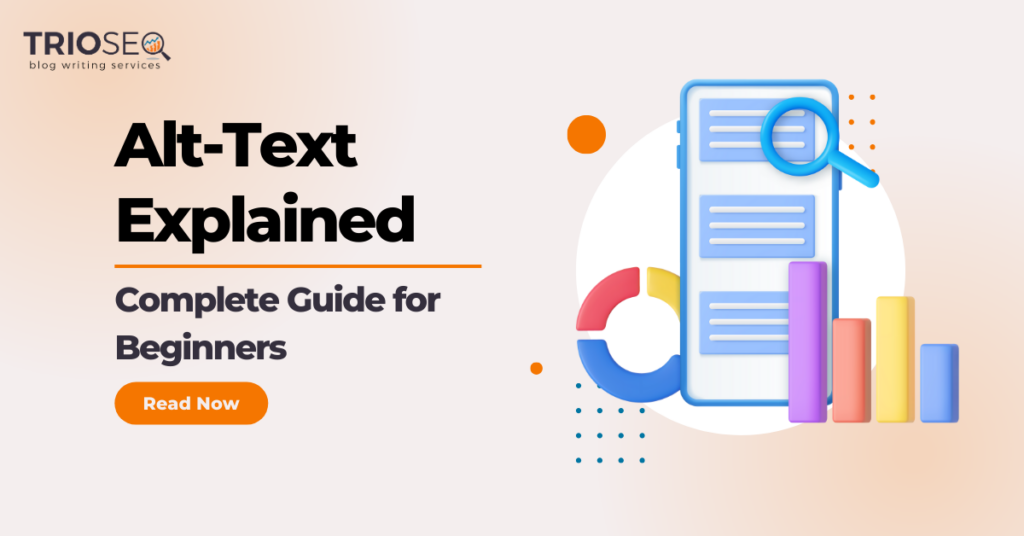

![Featured Image - Mental Health Content Writing [Best Practices and Ethical Considerations]](https://trioseo.com/wp-content/uploads/2024/05/Mental-Health-Content-Writing-Best-Practices-and-Ethical-Considerations-300x157.png)
![Featured Image - Beginner’s Guide to CBD Content Writing [Tips Included]](https://trioseo.com/wp-content/uploads/2024/05/Beginners-Guide-to-CBD-Content-Writing-Tips-Included-300x157.png)
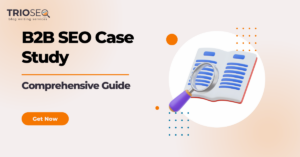
![Featured Image - [Ultimate Guide] SEO For Tech Companies That Outranks Competitors](https://trioseo.com/wp-content/uploads/2024/04/Ultimate-Guide-SEO-For-Tech-Companies-That-Outranks-Competitors-300x157.png)
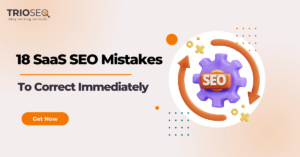
![Featured Image - B2B SaaS SEO - Ultimate Guide [Strategy Included]](https://trioseo.com/wp-content/uploads/2024/04/B2B-SaaS-SEO-Ultimate-Guide-Strategy-Included-300x157.png)

